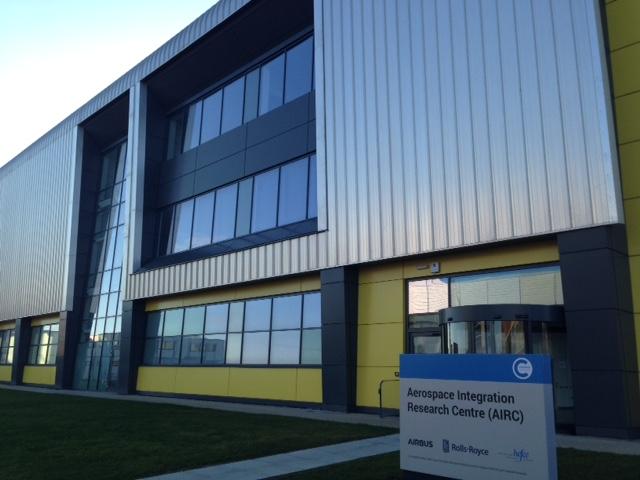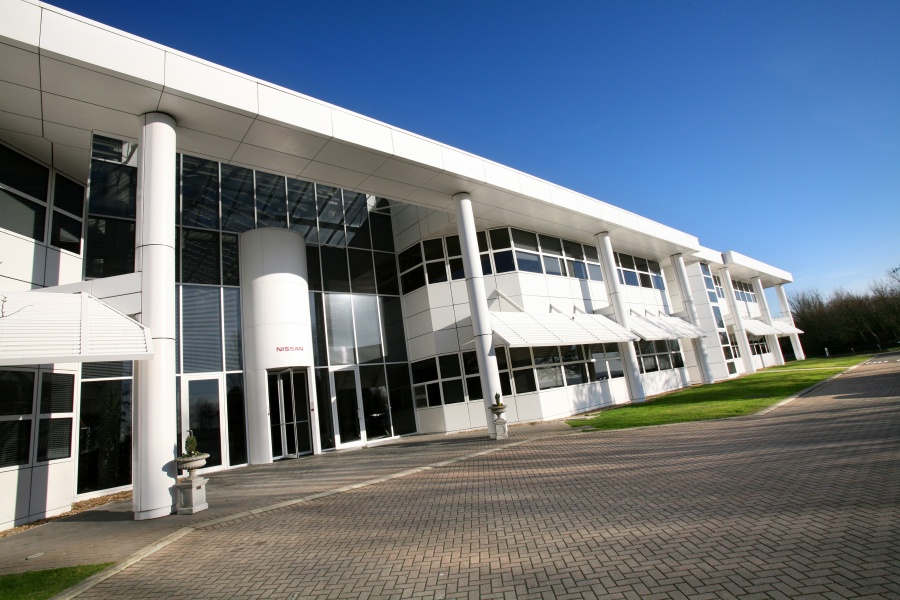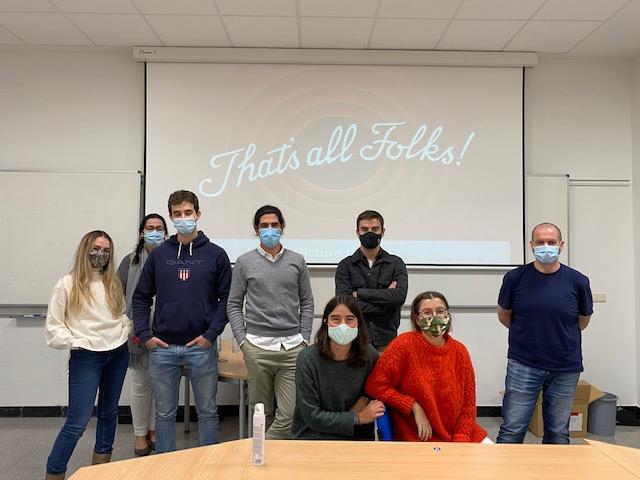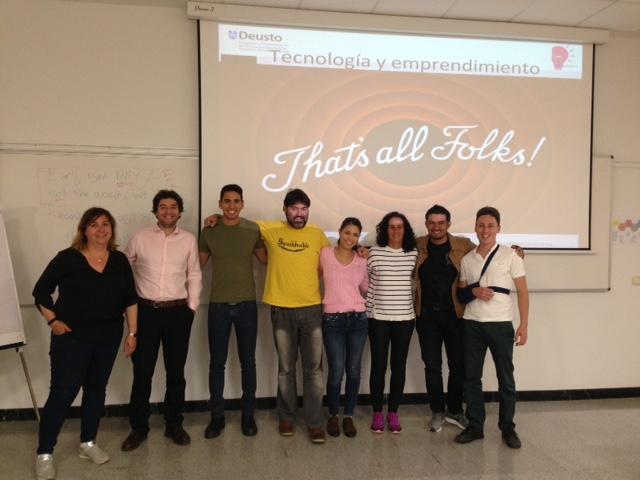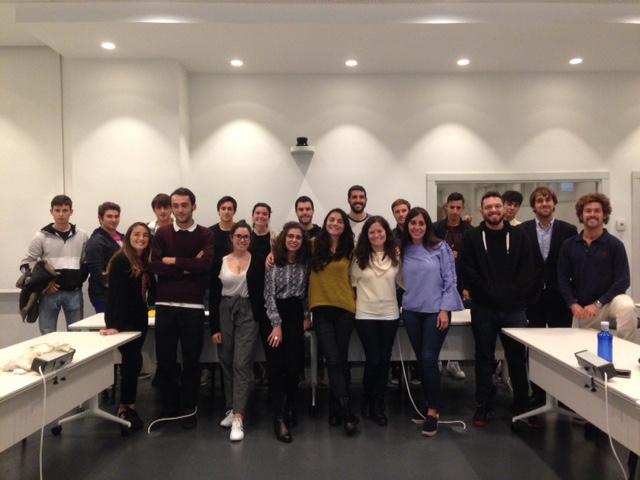Nov
2
2015
- By German Anitua Azkarate
- Rating:( 3877 votes )
An option between vertical or horizontal accelerators
Start-up accelerators are an excellent means for early stage start-ups to get up to speed quickly, identifying their best growth strategy and a reasonable plan to achieve it. The number of accelerators has dramatically increased over the past few years. Competition for participation in these accelerators has also increased.
Like a father to a child, an incubator provides shelter where the child can feel safe and learn how to start interacting with the neighbourhood by offering training on business skills, and access to financing, mentoring and professional networks. The incubator nurtures the business throughout the start-up phase and provides all the necessary tools and advice for the business to stand on its own feet.
However, while learning to stand on its own is a great entrepreneurial achievement, the walk through adolescence is often filled with challenges, and the need for guidance is far from over. One major challenge facing most companies who operate on the verge between childhood and adolescence is that sooner or later, they get stuck in the trenches of day-to-day operations, and more often than not fail to incorporate long-term strategic planning in the development of the business. The company may lose track of its unique value proposition - its identity - during this phase.
It is at this critical point in the business life cycle that most incubator programs end, as the firm is technically ready to spread its wings. Nonetheless, the journey towards sustained growth is far from over. Often it becomes necessary to receive advice and guidance from a business accelerator. By means of acceleration services, often in the form of “acceleration programs”, business accelerators help companies get through adolescence and prepare them to enter adulthood, providing them with strong arms and legs, sound values and a clear mindset (strategy) for the future. In other words, while incubators help companies stand and walk, accelerators teach companies to run.
In my conversations with worldwide founders who had participated in accelerator programs, I have found several opinions after questioning if the participation in an accelerator program is the best step for all start-ups. Some have argued how they presumed. However, the program felt short to expectations. Others claim glory, but wondered if the accelerator they chose was the best choice for their start-up. It seems quite obvious to me that the subsequent selection of programs, rather that the accelerator itself, is a useful issue to be considered by founders of any early stage start-up.
However, asking to second-time founders and experienced entrepreneurs, all of them regard success to the program itself; since time-to-market can be critical. These second-time entrepreneurs tend to chose those accelerators where mentoring programs are open to adjustment under their own consideration.
Due to these requirements, accelerators have also evolved concerning their focus and direction. As an active and crucial member of the agents conforming the entrepreneurial ecosystem, accelerators have also differentiated with regards their nature. Two main types od accelerators have emerged. The horizontal and the vertical accelerators.
On one hand, horizontal Accelerators are designed for those start-ups targeting a specific product or technology that finds customers in more than one market. These accelerators focused on start-ups that intend to develop a product or service that meets a similar customer need across different market niches.
Policy makers chose this type of accelerators to leverage the unique strengths of their institutional context and to enhance country´s comparative advantage.
There are accelerators mostly focus on Internet of Things (IoT) products.
On the other hand, vertical Accelerators are designed for those start-ups that are targeting a specific industry, trade or customer type.
Policy makers chose this type of accelerators to leverage the unique strengths of their institutional context and to enhance country´s comparative advantage.
The most common themes, on this type of accelerators are health and education technology, energy, media, real estate and fashion, financial technology, as in diverse vertical markets, including food, film, etc.
Asking for which is best, all the responses lead me back to the initial response of the former question. What matters is the structure of the tutorial program and its flexibility.

Rate this post:

